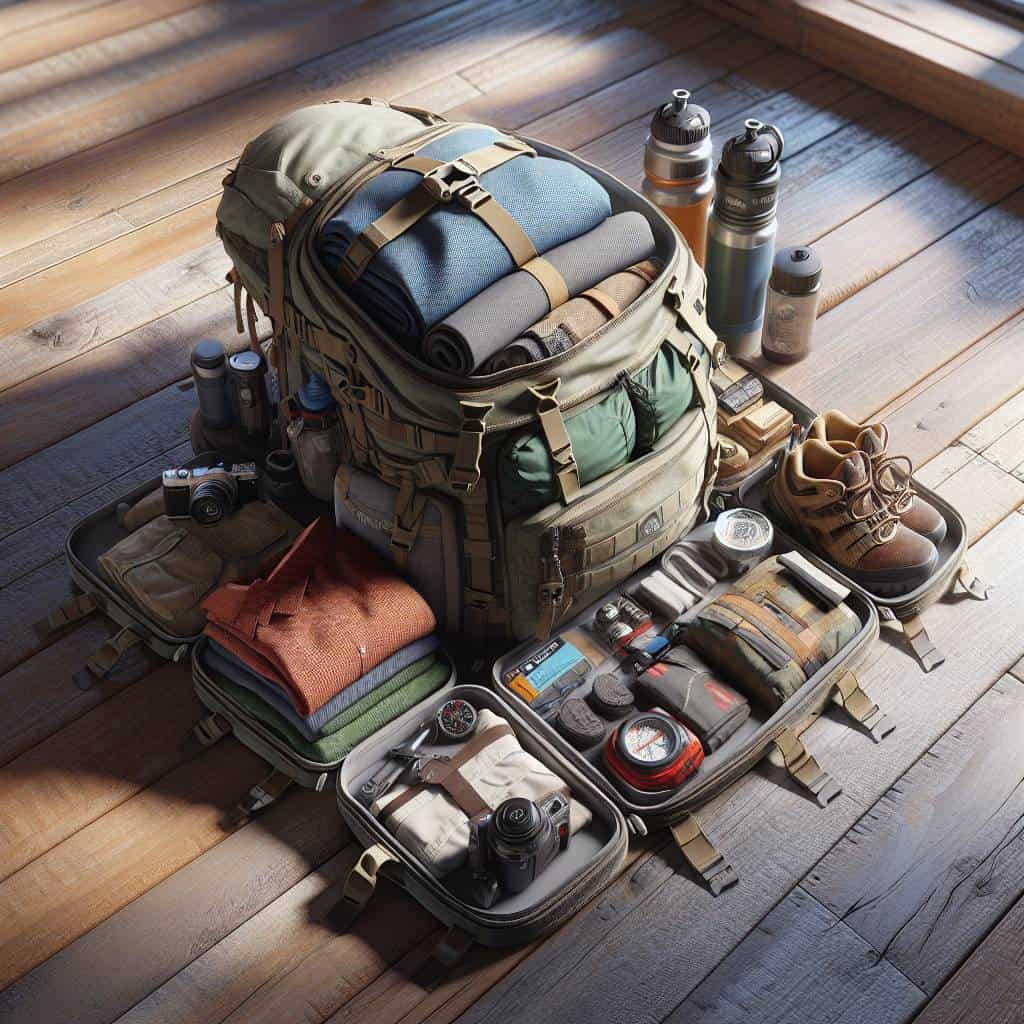I once found myself in a quaint Parisian café, armed with nothing but a flimsy phrasebook and a naive sense of linguistic adventure. Picture this: I’m trying to order a croissant, but instead, I accidentally compliment the waiter’s eyebrows. His bemused smile said it all. In that moment, I realized that language barriers are not just about words, but about the chasm of cultural nuances that lie in between. It’s these everyday mishaps—where you straddle the line between charming tourist and outright fool—that teach you more about the world than any guidebook ever could.

So, here’s the deal. Together, we’ll navigate this labyrinth of language, where a simple greeting can unlock local secrets and a translation app becomes your lifeline. You’ll find out why a phrasebook could be your best friend—or your worst enemy—and how the right app can save you from ordering something unholy. Get ready for a journey that’s less about perfection and more about the raw magic of connecting across cultures, one awkward misstep at a time.
Table of Contents
The Art of Local Greetings: More Than Just a Tap on Your Translation App
Picture this: you’re in a bustling street market in Marrakech, the air thick with the scent of spices and the hum of haggling voices. You pull out your phone, tap on your translation app, and offer a generic “hello” to the vendor. Sure, it gets the job done, but you’ve just missed an opportunity to peel back a layer of the vibrant tapestry that is Moroccan culture. See, local greetings are more than just words—they’re a handshake, a smile, a shared moment that says, “I’m here, and I want to understand you.” It’s the difference between being a tourist and becoming a traveler.
You might think a phrasebook is old school in this age of apps and instant translations, but hear me out. A phrasebook is like a treasure map, guiding you to the hidden gems of human connection. It nudges you to learn the cadence, the rhythm of words spoken by generations. Every “bonjour,” “ni hao,” or “salaam” is an invitation to step into a world that runs parallel to your own. And yes, you might stumble over a syllable or two, but that’s where the magic happens. It’s in those stumbled-over words and awkward pauses that you find authenticity. You show your willingness to immerse, to be vulnerable, and to truly engage with a culture that’s not your own.
So, next time you’re about to rely on that digital crutch, remember: language is a living, breathing thing. It’s an art form, a dance. And like any dance, it requires practice, patience, and a little bit of courage. Don’t just tap on your app—lean in. Let the words roll off your tongue, even if imperfectly. After all, isn’t that what travel is all about? Embracing the unknown, one local greeting at a time.
The Language of Connection: Beyond Words
There’s a certain magic in fumbling through a phrasebook, or watching as your translation app tries to decode the poetry of a language that’s not your own. It’s like peering into a kaleidoscope of culture—each word, each intonation a fragment of a bigger picture. And while technology has made it tempting to rely on the convenience of a screen, there’s an undeniable thrill in attempting that local greeting, even if it sounds like a toddler’s first attempt at speech. Those moments of awkward sincerity? They’re the real trophies of travel.
So here I am, a suburban blogger who still believes in the raw, tangible stories that these interactions paint. Maybe it’s the way a simple ‘hello’ transforms into a bridge, or how a mispronounced dish name becomes a shared laugh at a foreign table. These aren’t just words or phrases. They’re the stitches in the fabric of human connection, the tiny threads that weave us closer to each other. In my journey with language, I’ve learned it’s not about fluency. It’s about the effort to connect, the willingness to be vulnerable, and the beauty that unfolds when we dare to step beyond the digital and into the beautifully imperfect world of face-to-face greetings.


